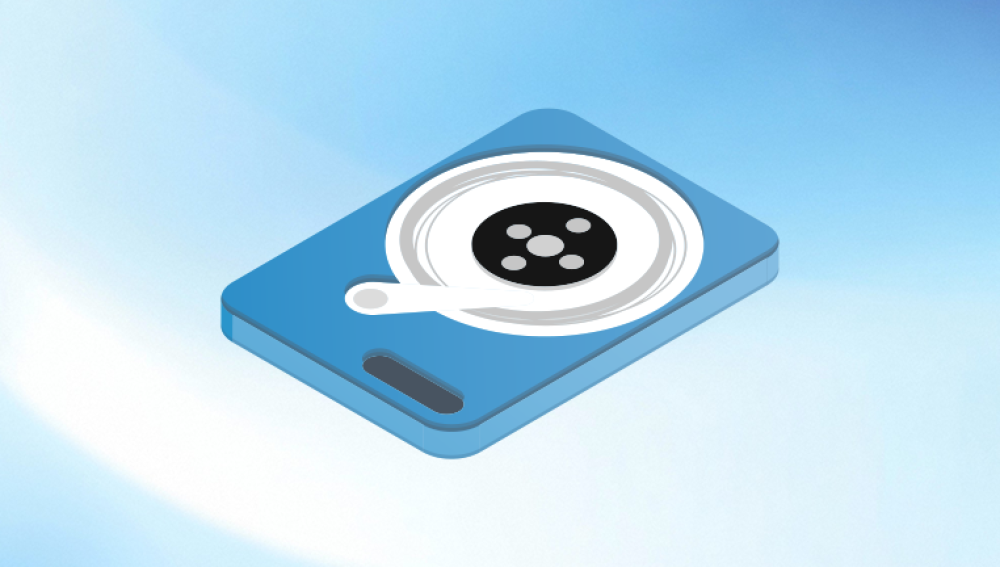Losing important files from a hard disk, whether it's a personal or work-related document, can feel like a devastating event. But with the right steps, it’s often possible to recover those lost files. Whether you deleted them by accident, or the hard drive has experienced some form of corruption or damage, knowing how to retrieve deleted files can save you a significant amount of time and stress.
Before diving into the recovery methods, it's crucial to understand what happens when you delete a file. When you delete a file from your hard disk, it doesn't disappear immediately. Instead, the operating system removes the file’s entry from the file system and marks the space as available for new data. The actual file content remains on the disk until new data overwrites that space.
This is why it’s often possible to recover deleted files, provided no new data has been written to the disk.

Key Factors That Affect File Recovery
File System Type
The file system used by your hard disk (NTFS, FAT32. exFAT, HFS+, etc.) plays a role in how files are stored and recovered. Different file systems may require different recovery techniques.
How Much Data Has Been Written
The sooner you attempt recovery after file deletion, the higher the chances of success. If new files have been written to the disk, they may have overwritten the space previously occupied by the deleted files, making them more difficult to recover.
Disk Health
If your hard disk is physically damaged, data recovery becomes more challenging. In cases of severe damage, it might be necessary to consult data recovery professionals.
Step 1: Check the Recycle Bin
If you’ve accidentally deleted a file, the first place to check is the Recycle Bin (Windows) or Trash (macOS). Deleted files often end up here unless the bin has been emptied.
For Windows:
Open the Recycle Bin by double-clicking its icon on the desktop.
Browse or search for the deleted file.
Right-click on the file and select Restore to recover it.
For macOS:
Open the Trash by clicking on its icon in the Dock.
Browse or search for the deleted file.
Right-click and select Put Back to restore it.
If the files aren’t there, they may have been permanently deleted or the Recycle Bin may have been emptied.
Step 2: Use Built-in Recovery Tools
Both Windows and macOS offer built-in recovery tools that can help you recover deleted files.
Windows File History
If you have Windows File History enabled, you can use it to recover older versions of files.
Steps:
Navigate to the folder where the deleted file was originally located.
Right-click the folder and select Restore previous versions.
Windows will display a list of available backups. Select the version of the file you want to restore.
Click Restore to recover the file.
macOS Time Machine
If you use Time Machine on a Mac, you can restore lost files from backups.
Steps:
Open the folder where the file was stored.
Click the Time Machine icon in the menu bar and select Enter Time Machine.
Scroll through the timeline to find the version of the file you need.
Select the file and click Restore to bring it back.
If you don't have File History or Time Machine enabled, proceed with the next steps.
Step 3: Use Data Recovery Software
Drecov Data Recovery uses advanced algorithms to scan your hard disk for deleted files. Even when files are emptied from the Recycle Bin, Panda can often recover them, provided they haven't been overwritten by new data. The software operates by scanning the storage space on the disk, identifying the files that are still recoverable, and allowing you to restore them with a few simple clicks.
Key Features
Deep Scan Mode: For more thorough recovery, Panda offers a deep scan mode, which checks even for formatted or corrupted files.
Wide File Format Support: It supports the recovery of documents, images, videos, and many other file types.
Preview Option: You can preview recoverable files to ensure that you're recovering what you need before initiating the recovery process.
Why Choose Drecov Data Recovery?
Ease of Use: Drecov Data Recovery is designed for both beginners and advanced users, with an intuitive interface.
Safe and Secure: The recovery process is read-only, meaning no data is overwritten during the scan, ensuring your original files are not further damaged.
Step 4: Use Command Prompt (Windows) or Terminal (macOS)
If you’re comfortable with command-line tools, you can use the Windows Command Prompt or macOS Terminal to attempt file recovery. While this method is less user-friendly than recovery software, it can sometimes work when other methods fail.
For Windows: Using Command Prompt
Steps:
Open Command Prompt as an administrator by typing cmd in the search box and selecting Run as Administrator.
Type the following command and press Enter:
bash
CopyEdit
chkdsk X: /f
Replace X: with the drive letter of your hard disk.
This command will check and attempt to fix any file system errors. It may also help you recover lost files.
For macOS: Using Terminal
Steps:
Open Terminal (Applications > Utilities > Terminal).
Type the following command:
bash
CopyEdit
sudo fsck_hfs -fy /dev/disk1
Replace /dev/disk1 with the correct identifier for your hard disk.
This will attempt to fix any file system issues that might have caused the deletion of files.
Step 5: Professional Data Recovery Services
If all else fails or if your hard disk is physically damaged, professional data recovery services might be your best option. These services have specialized tools and cleanroom facilities to recover data from damaged disks, including hard drives with physical issues such as crashes, head failures, or severe corruption.
Some Reputable Data Recovery Services:
DriveSavers
Ontrack
Secure Data Recovery
SalvageData
These services can be expensive, especially for complex recoveries, but they offer the highest chances of success when other methods fail.
Preventing Future Data Loss
Once you've successfully recovered your files, take steps to prevent future data loss:
Regular Backups: Use an external hard drive or cloud storage to back up important files regularly.
Enable System Restore (Windows): This can help you recover files and settings in the event of a system crash.
Install Antivirus Software: Keep your system protected from malware and viruses that can corrupt files.
Handle Your Hard Drive with Care: Physical damage to the disk can cause permanent data loss, so avoid dropping or mishandling the drive.
Recovering deleted files from a hard disk is possible, but the success of recovery depends on how quickly you act and the methods you use. Start by checking the Recycle Bin or Trash and then explore built-in recovery options such as File History or Time Machine. If those options don’t work, try using data recovery software like Recuva, Disk Drill, or EaseUS, which can scan for and recover lost files. In extreme cases, when the disk is physically damaged or software solutions fail, consider seeking professional help.




